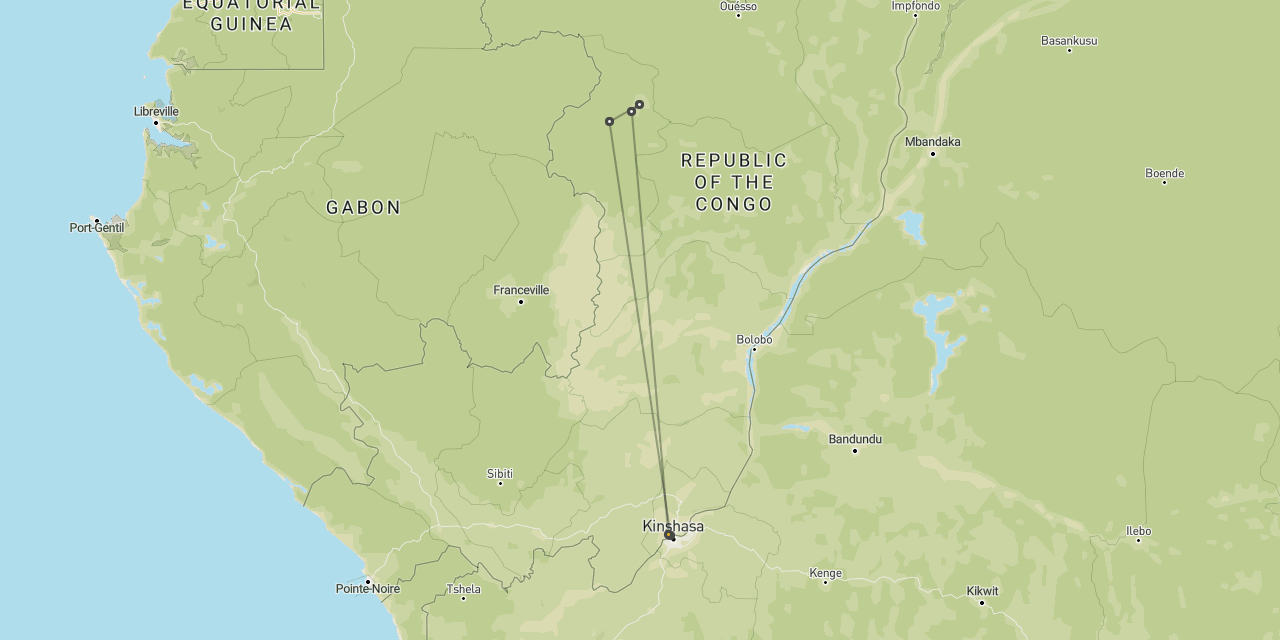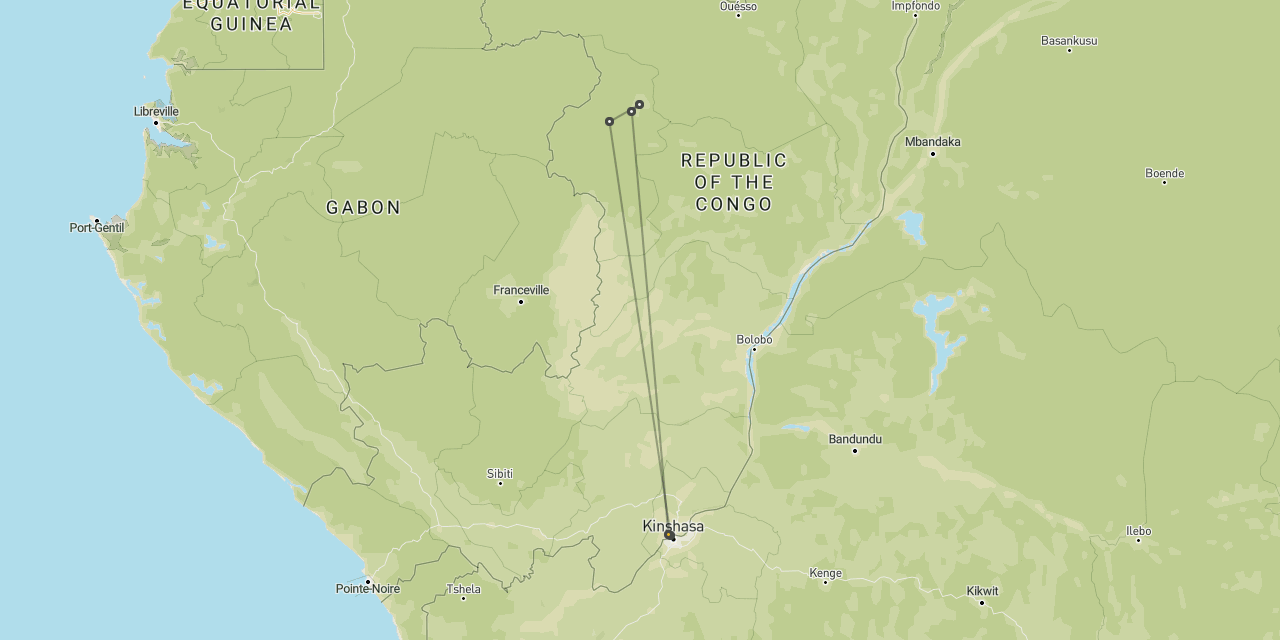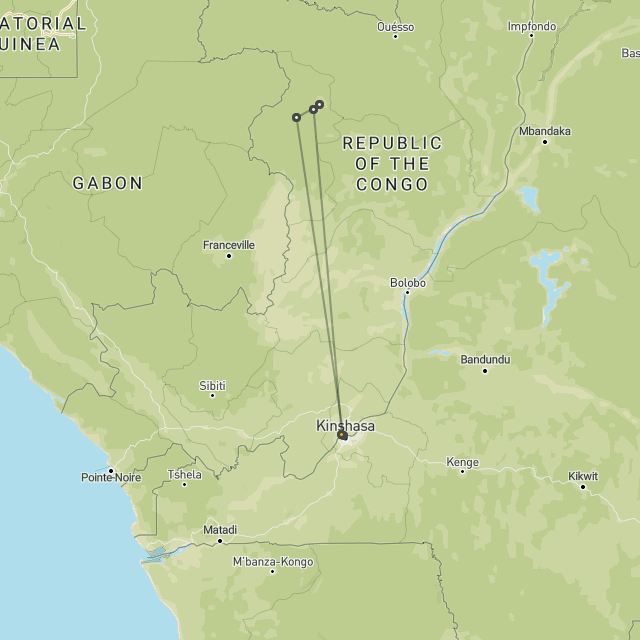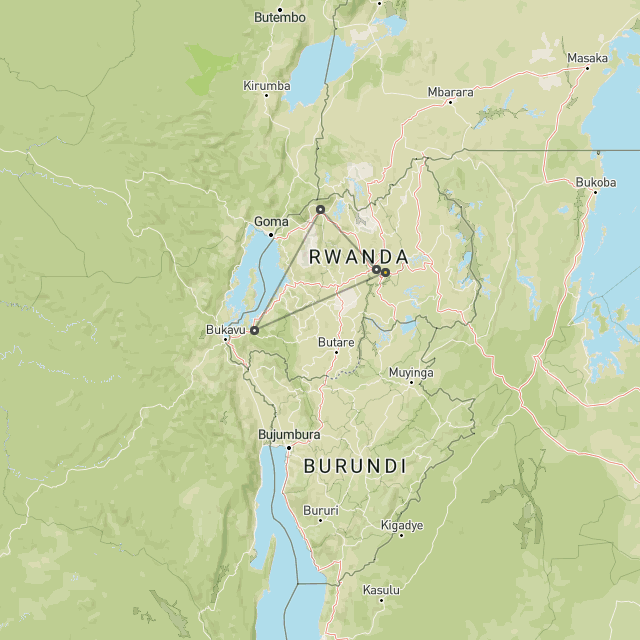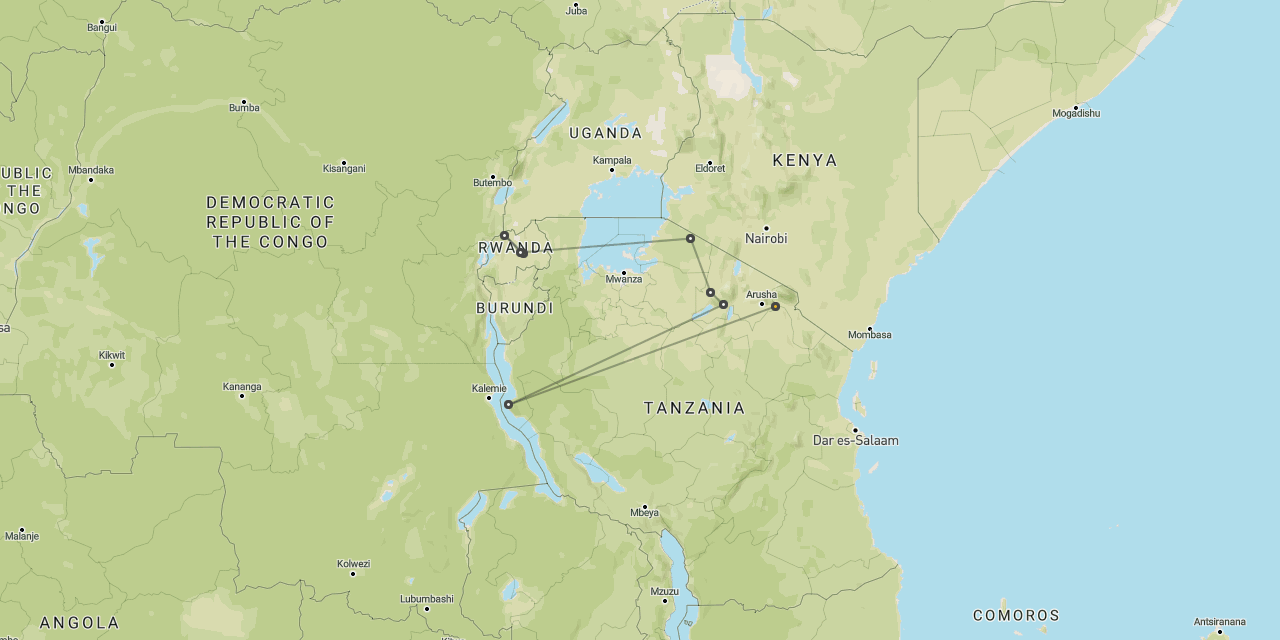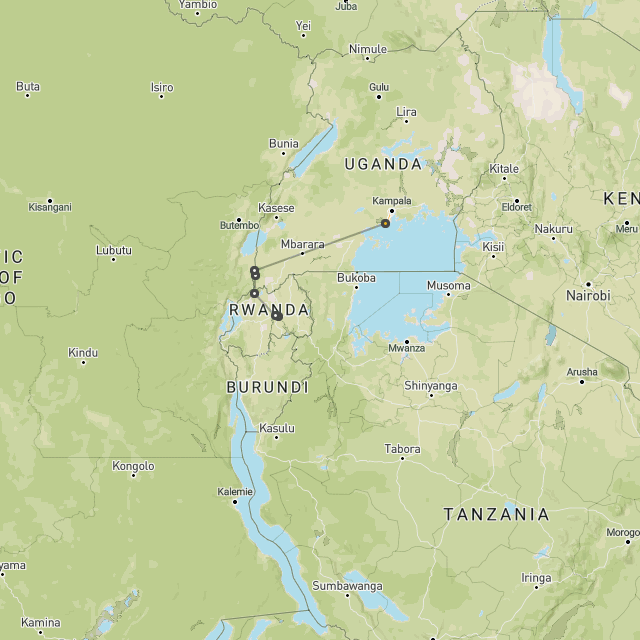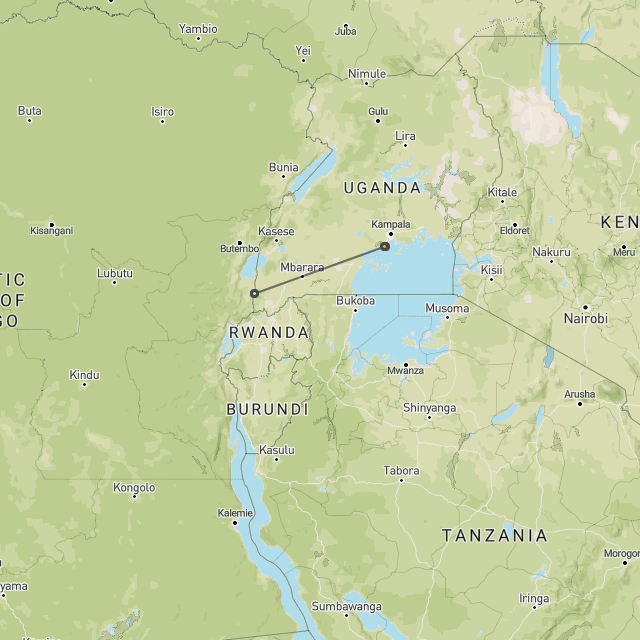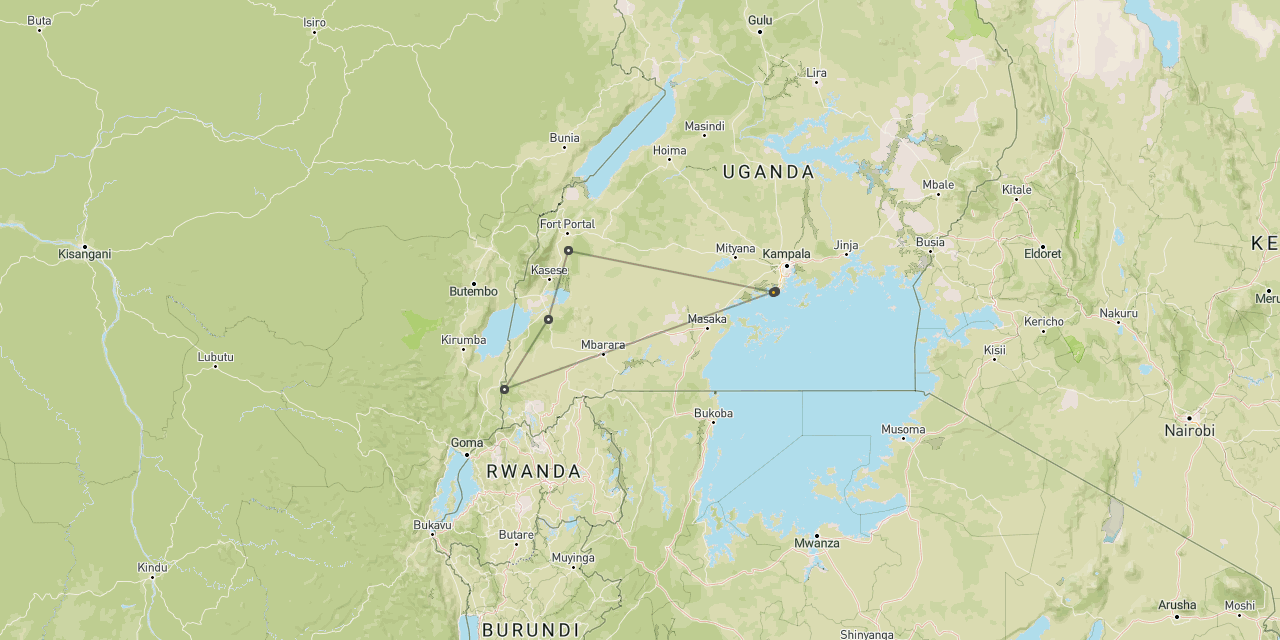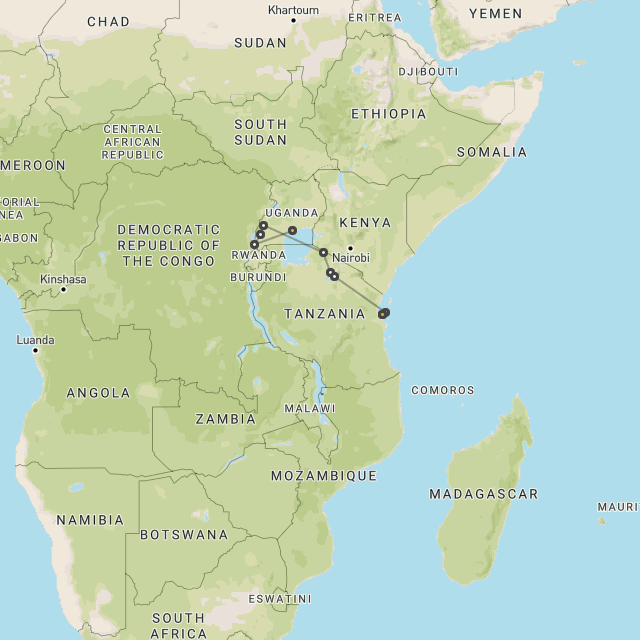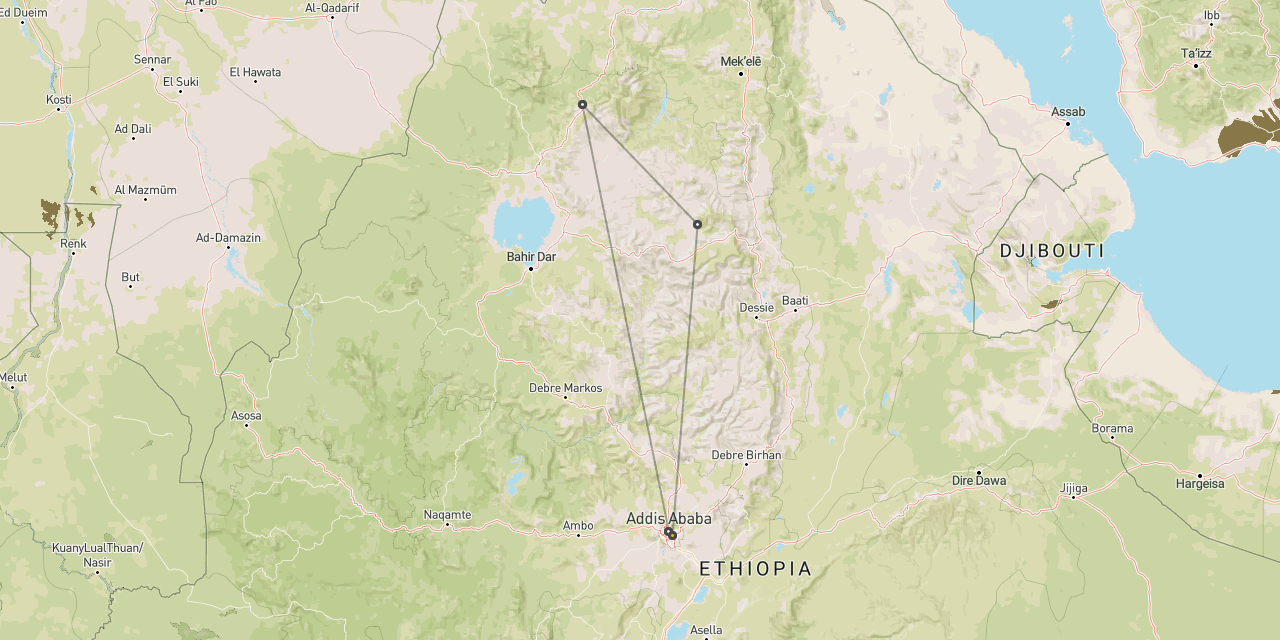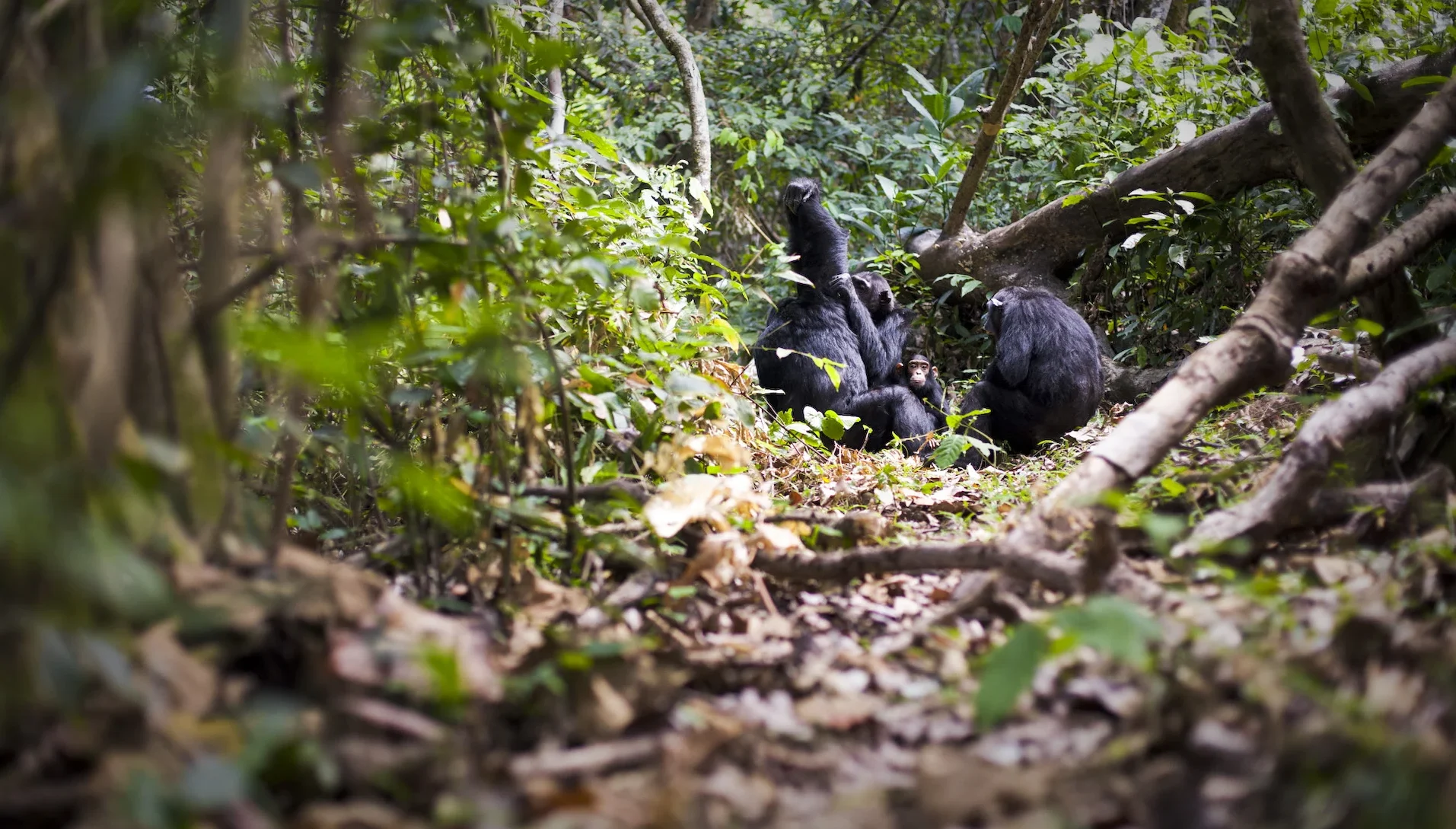
Primate safaris
Primates
are inherently entertaining to meet
largely due to their similarities to humans
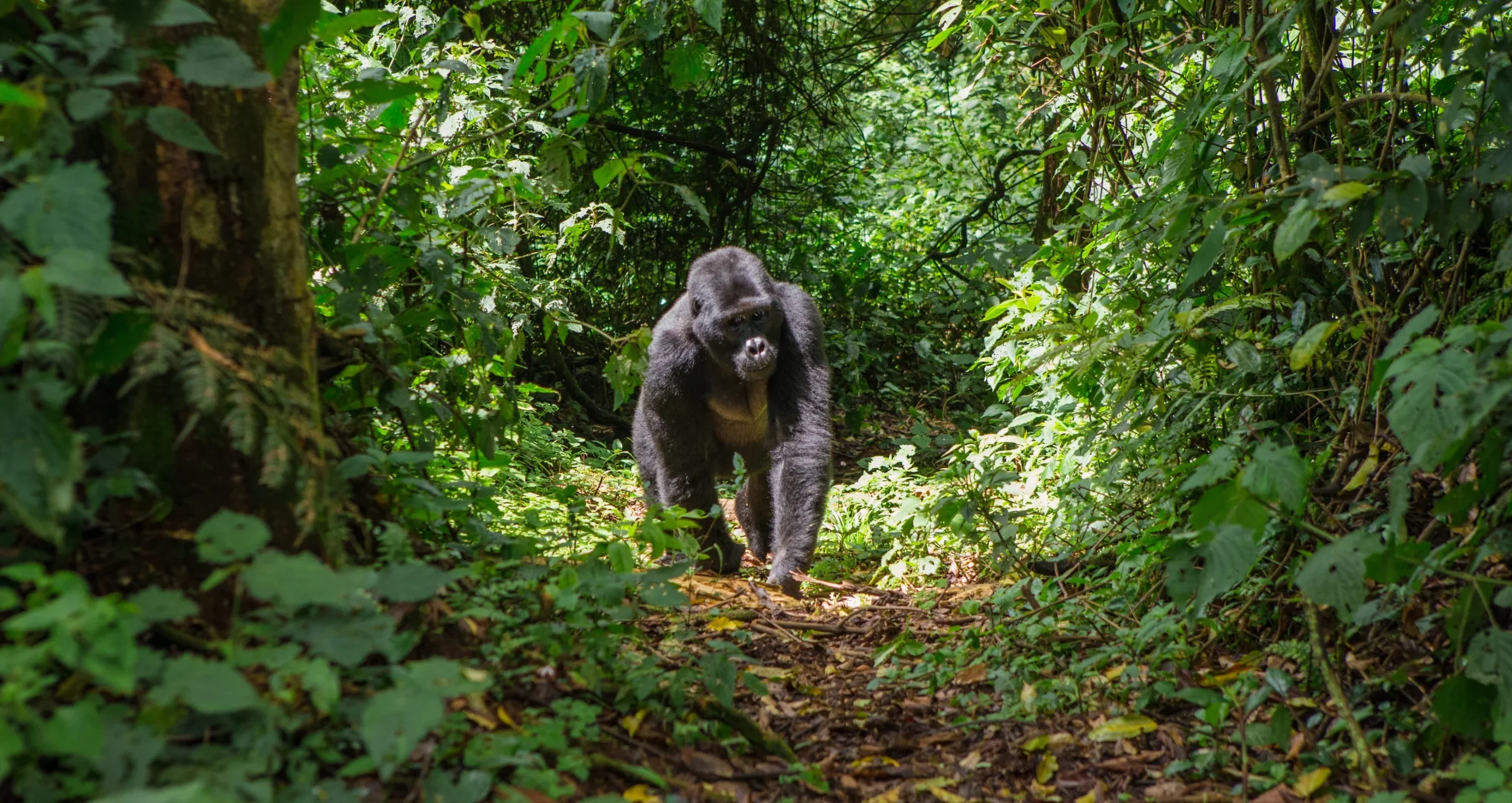
so very many diverse primate species to meet
Primates are an order of mammals, which share the common characteristics of having recognisably human hands, similar feet and forward-facing eyes. Most are adept tree-dwellers.
In this article, we will start by running through those primate species around which safari trips are often built.
We will then go on to discuss some other species that you might like to go out of your way to encounter.
Finally, we will mention some of the primates that you are likely to bump into along the way, when looking for other wildlife.
Frequently asked questions
Gorillas are the largest extant genus of primates. They are ground-dwelling, predominantly herbivorous apes that inhabit the forests of central Africa.
Safari trips are often specifically designed to focus on encounters with gorillas, in the tropical forests of Rwanda, Uganda and Congo.
the most powerful ape
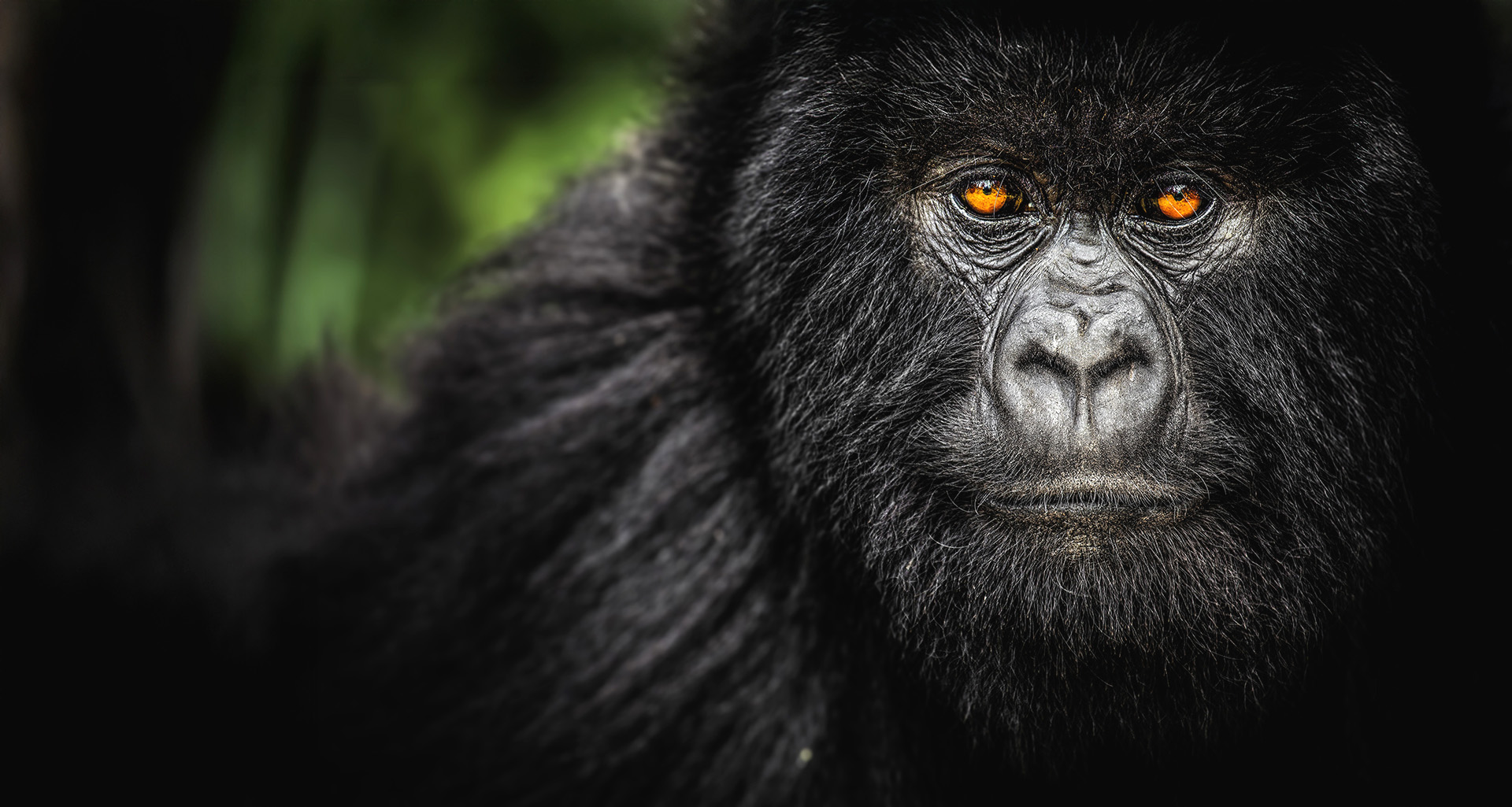
Chimpanzees are our closest living relatives, the only other species in the sub-family Hominidae, sharing over 98% of our DNA. Our two species are thought to have diverged as recently as four to six million years ago.
Safari trips are often specifically designed to focus on encounters with gorillas, in the tropical forests of Tanzania, Rwanda, Uganda and Congo.
the most entertaining
primate
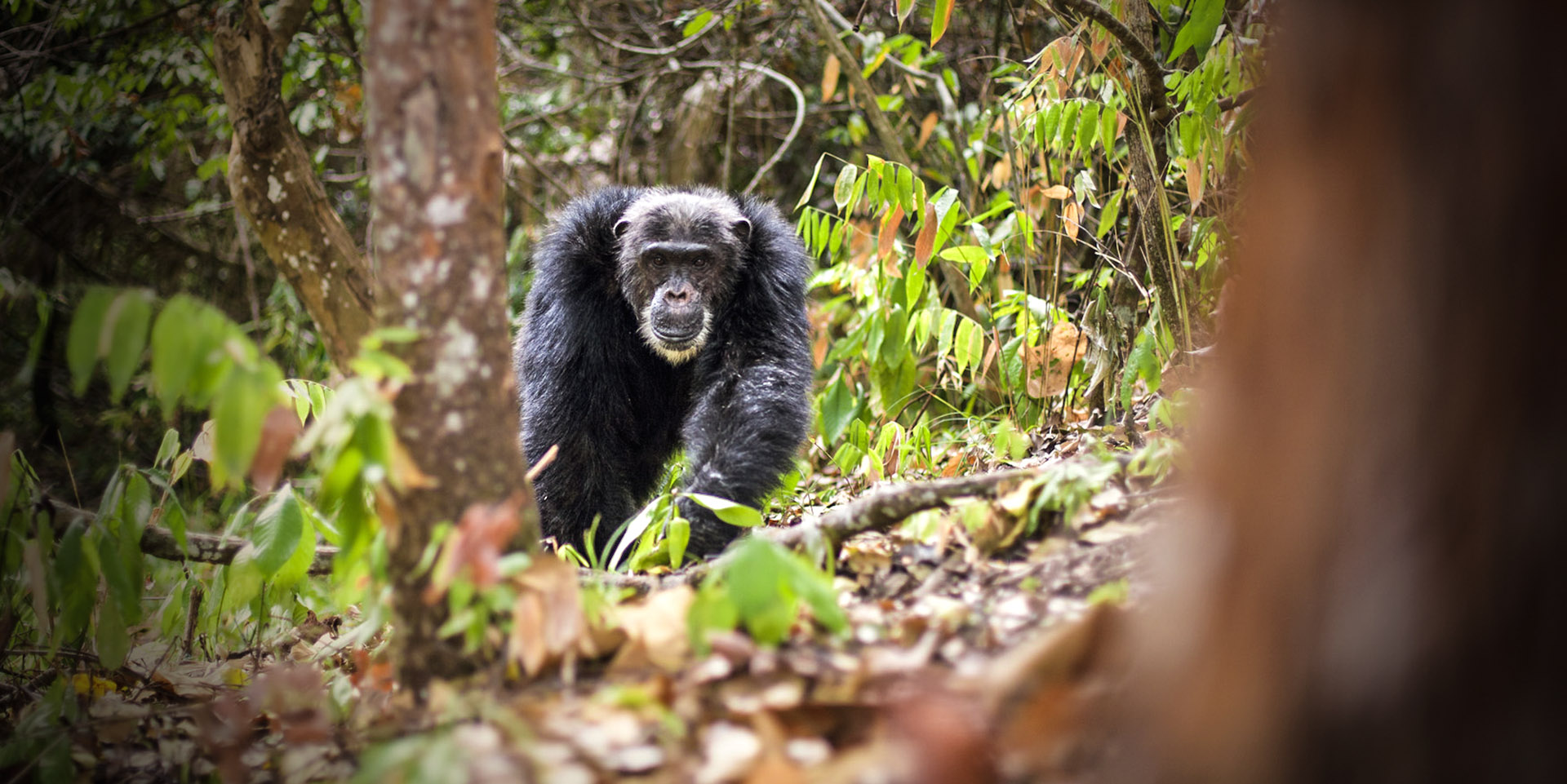
Orangutans are icon great apes, which are native to the tropical forests of Southeast Asia. They separated from the other hominid species (humans, gorillas and chimpanzees) around twenty million years ago and are therefore a lot less like us.
Safari trips are often specifically designed to focus on encounters with orangutans, most commonly in Borneo, occasionally in Sumatra.
We do not presently offer travel to this region.
our more distant cousins
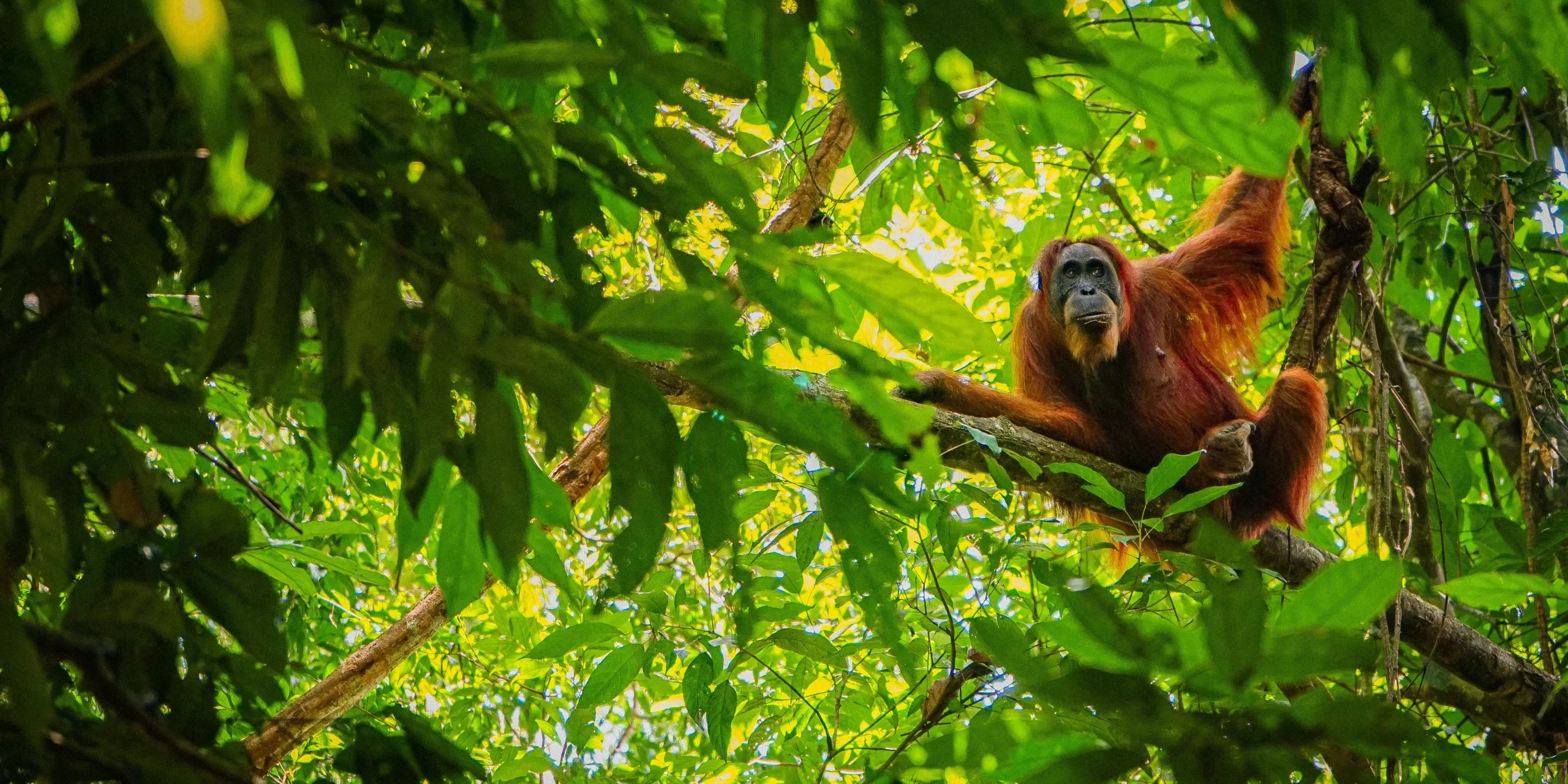
Six species of baboons comprise a whole genera of Old World monkeys, all of which live in various parts of Africa.
Baboons are almost universally considered as vermin by local people. They are able to survive and prosper on the fringes of human populations, where they often demonstrate aggressive behaviour and audacious thievery. They are even said to have stolen human infants to eat.
However, out in wilderness areas, baboons are fascinating and very sociable animals. We have always marvelled at the fact people go out of their way to visit gorillas and chimpanzees, yet completely ignore baboons.
When out on a savanna safari, you are most likely to encounter one of these four baboon species.
Olive baboons are found in a more northerly stripe below the Sahara and are most commonly seen in the reserves of Uganda and Kenya.
Yellow baboons are found in a central stripe across Angola, Zambia, Tanzania and Mozambique, so are most commonly encountered in reserves such as Selous, Ruaha, Katavi and South Luangwa.
Chacma baboons are found in a southerly strip across Namibia, Botswana, Zimbabwe and South Africa, being most commonly encountered in locations such as Okavango Delta, Etosha and Kruger.
Geladas are closely related to baboons, being the only representatives of an adjacent genus. These extraordinary looking monkeys are found in the highlands of Ethiopia and are specifically included in trips, largely due to the publicity that they have received in various high profile wildlife documentaries.
the troublemakers of the monkey world
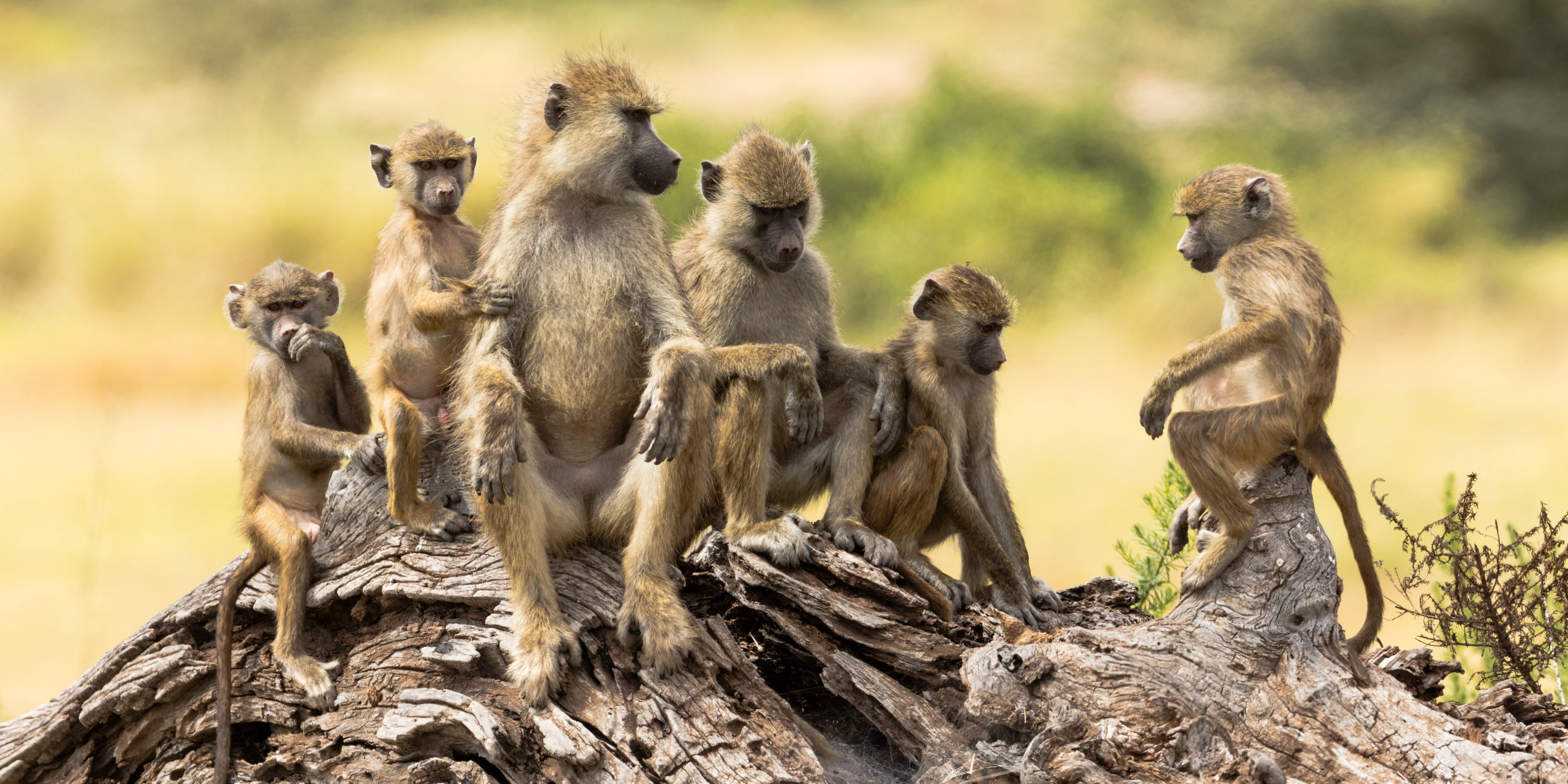
The hundred or so species of lemurs are all endemic to the island of Madagascar.
Indris, the largest species, inhabit the high mountains to the east of the capital city and can be reliably encountered in Andasibe National Park.
Perhaps the most iconic of them all are the ring-tailed lemurs, which live far off in the dry deserts to the southwest of the island.
When building safari trips to Madagascar, we rarely focus on specific lemur species, but instead head to the most interesting areas, safe in the knowledge that guests should encounter at least a dozen different types. It’s always fun to spot a new one.
so very many lemur species
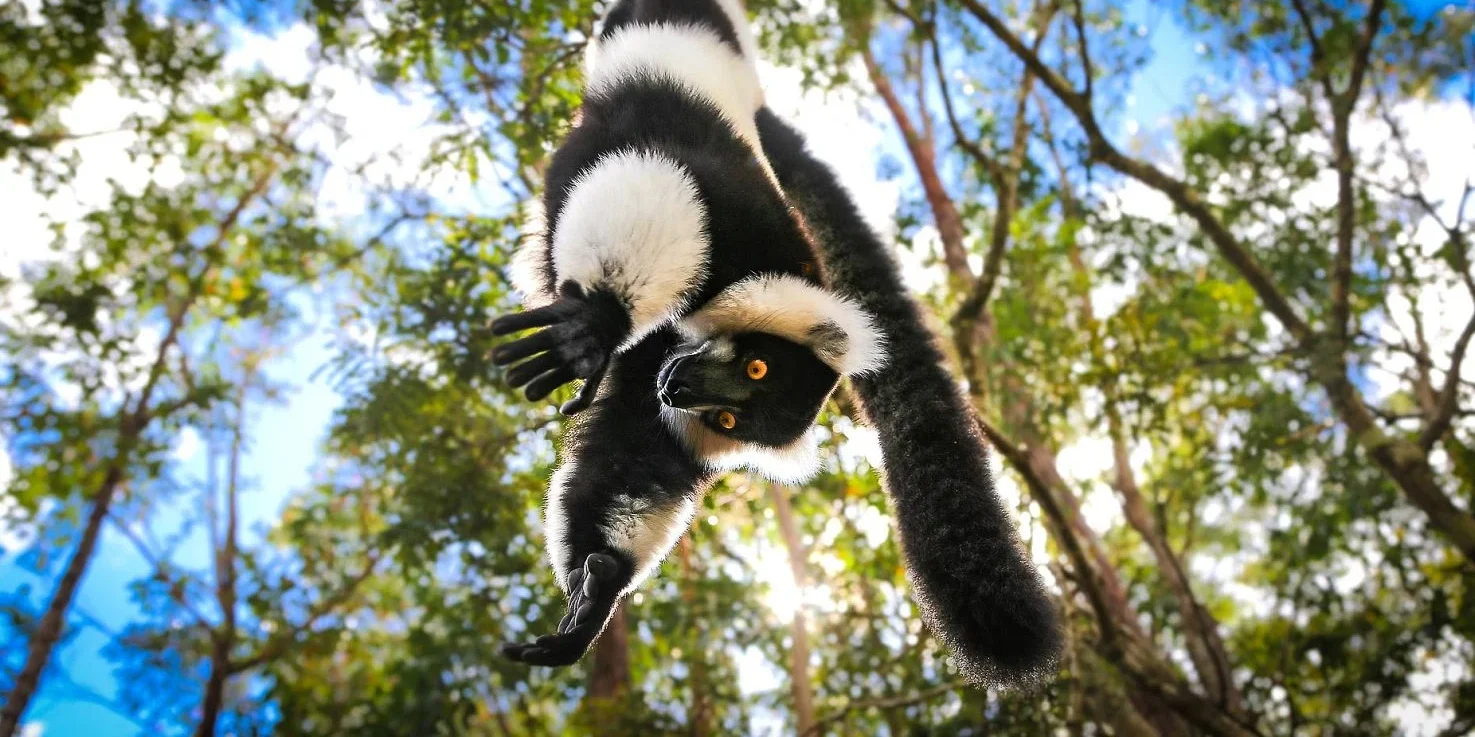
Whilst you are out on safari in Africa, you are likely to encounter a wide range of other primates. Here are some of our favourites.
Vervet monkeys are very much the ‘standard primate’ that is found across most of the key savanna safari areas of Africa, they are the ones you will meet most frequently. They are very sociable and funny, as well as being adept thieves around camp.
Black-and-white colobus monkeys are relatively rare and extremely attractive. They can be found in the cloud forests around Mount Meru, Mount Kilimanjaro and the Ngorongoro Highlands in Tanzania.
Red colobus monkeys can only be found in a single forest on each of Zanzibar and Pemba islands in Tanzania.
Bush-babies are very sweet little primates that are often seen on night safari in Botswana, Zambia and Zimbabwe. They can also be spotted leaping between trees around sundown and their crying can keep you awake into the night in a host of locations.
Mandrills are fabulous ‘coloured baboons’, but their range is limited to a few locations in Cameroon and Equatorial Guinea, so a special expedition is required to meet them.
so many relations to meet
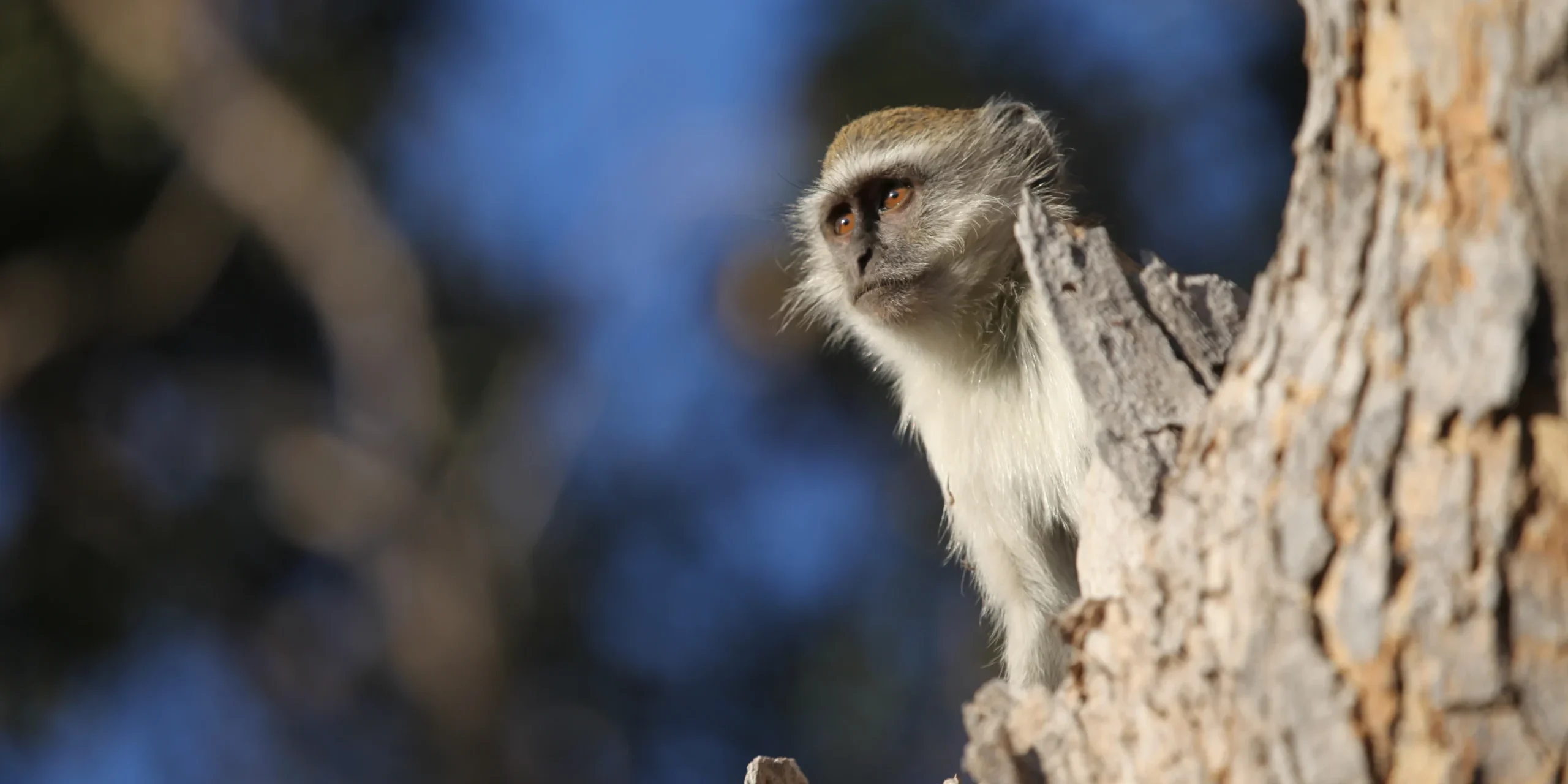
The most commonly encountered primate across India and much of Asia is the rhesus macaque, a medium-sized grey monkey, which is very at home in suburban and even fully urban settings.
You will particularly encounter these macaques at holy sites around India, particularly at the famous Monkey Temple in Jaipur.
At the same spot, you will also meet the more leggy langur monkeys. This one is the northern grey langur, but there are several subspecies throughout India, the Himalayas and Sri Lanka.
At night, you may encounter a slender loris, which is essentially the Indian version of a bushbaby, tiny in size and with great big eyes.
meet the urban monkeys
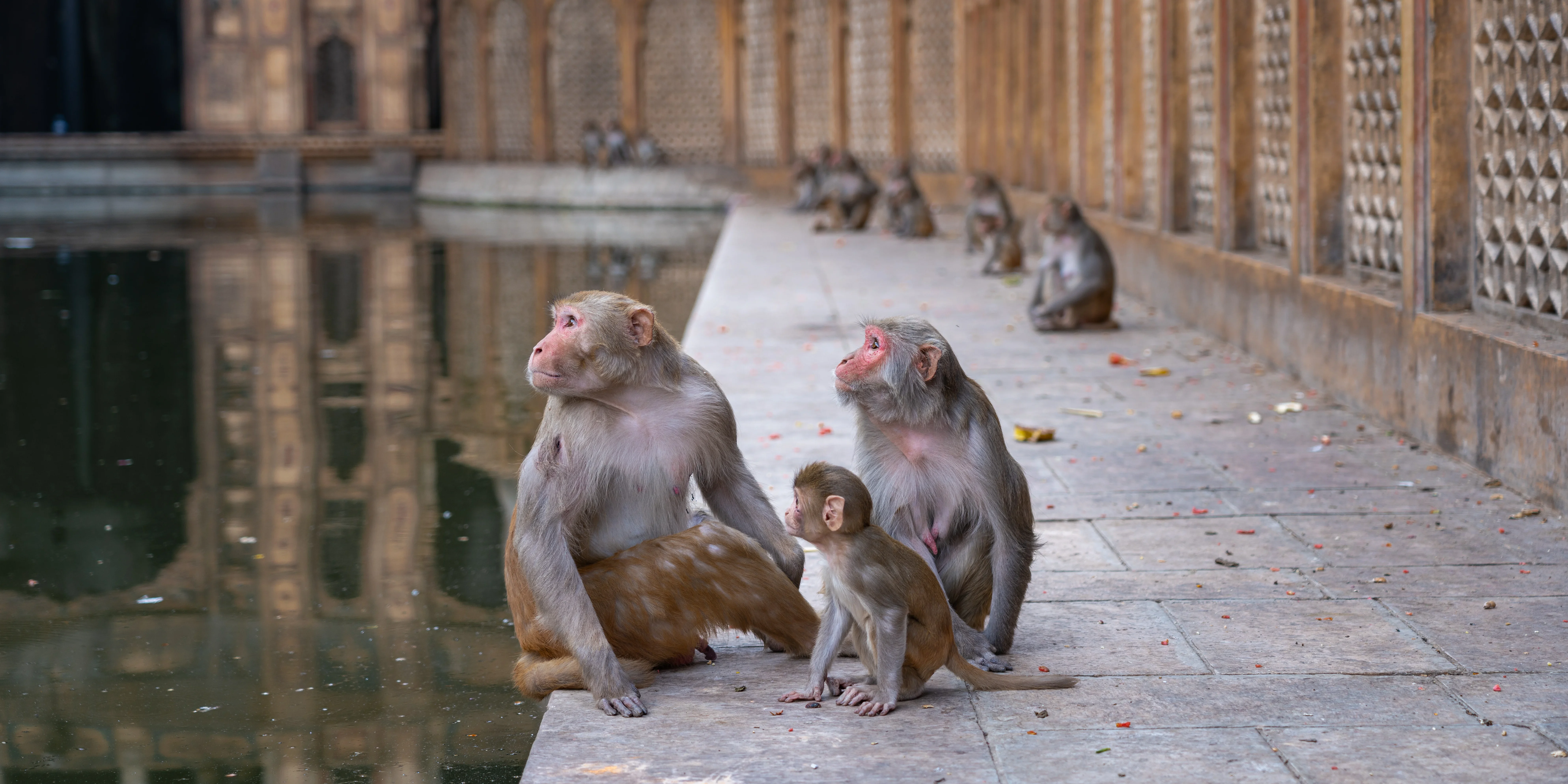
The primates of South America are known as New World monkeys, which separated from the rest of the family tree around forty million years ago.
None of these monkeys have the more human characteristics that we see in gorillas and chimpanzees, but there is some good diversity across the species.
When visiting the tropical forests of the Amazon Basin or the cloud forests of the high Andes, it can be lots of fun encountering a range of different species.
Our favourites are probably the howler monkeys, which can make such a din when they sing at first and last light. It’s incredibly atmospheric, almost primaeval.
Spider monkeys are fun for their long limbs and extreme acrobatics, whilst woolly monkeys, with their big fur coats, are inherently cute.
Smaller monkeys like capuchins can be very cute and also rather intelligent, some demonstrating relatively advanced tool use.
Uakaris are medium-sized monkeys, mostly at home in the Amazon and with long fur coats. The bald uakari is perhaps the most ugly primate on the planet, with a hideous red face. If you undertake a private riverboat expedition on the main Amazon River, we can show you monkey species that have barely been seen by outsiders before.
The very cute golden lion tamarins can be encountered at a sanctuary not far out of Rio de Janeiro.
monkeys of the New World
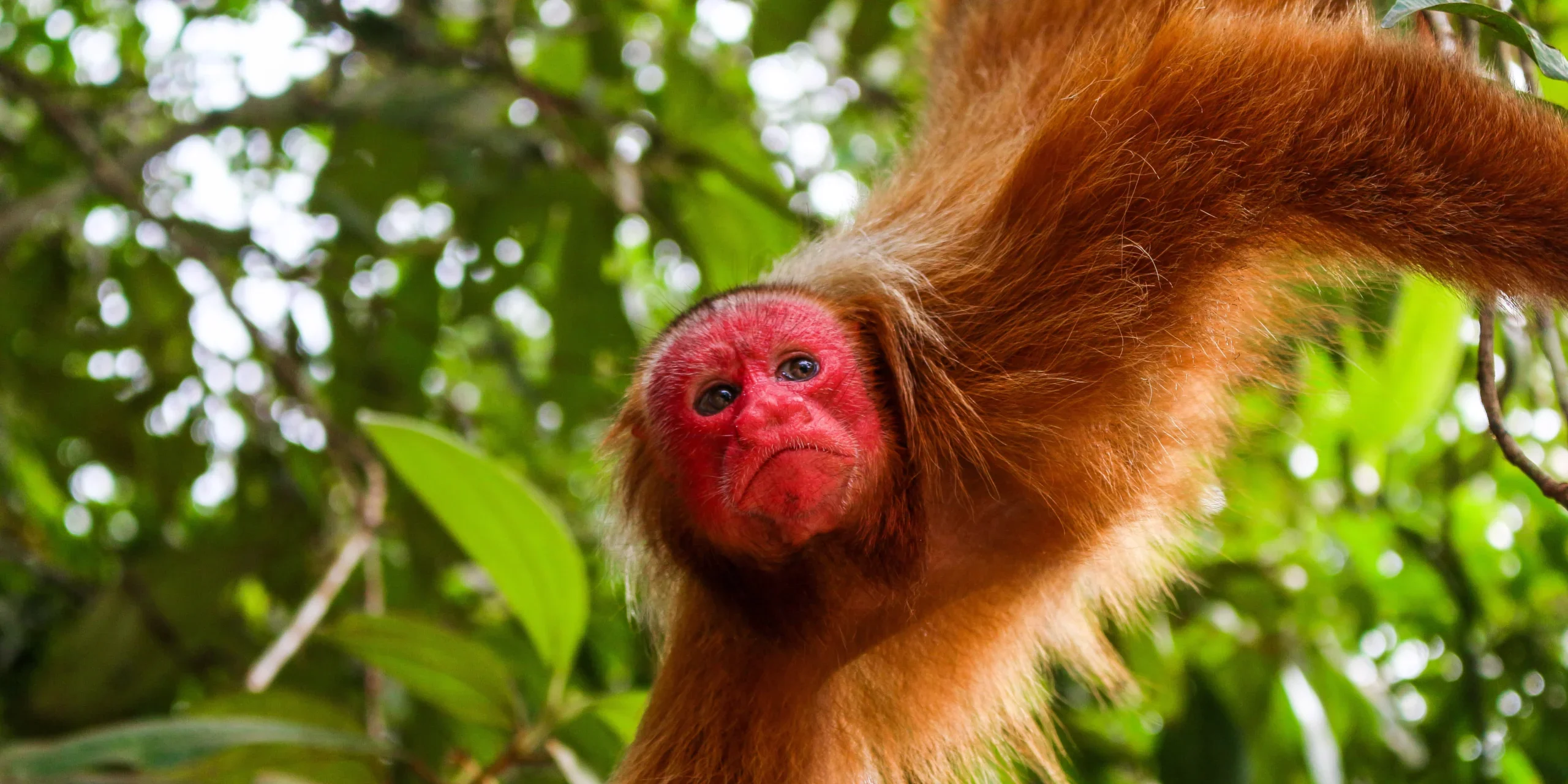
let us know how far you want to go
and we will do our best to deliver
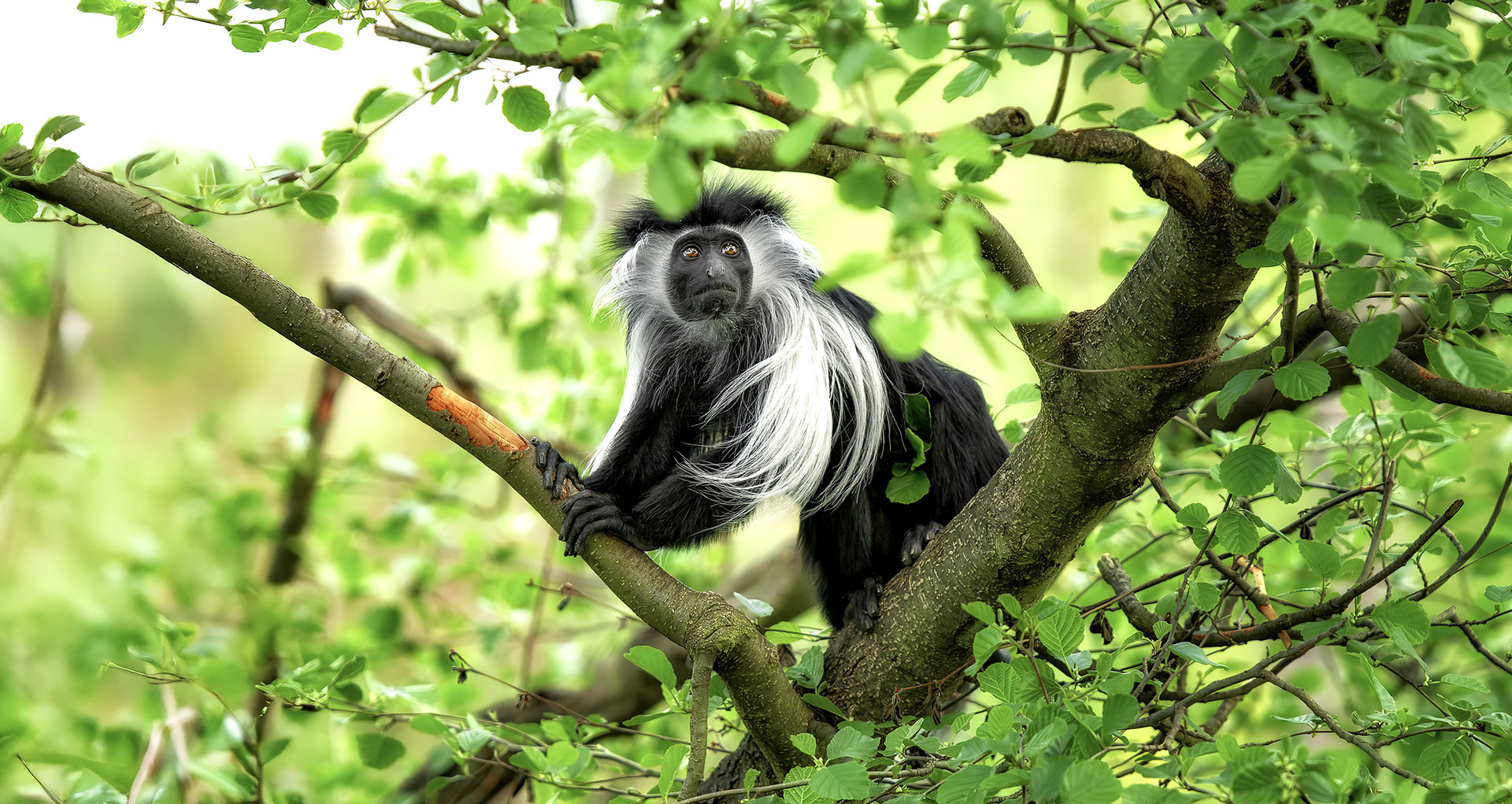
Extraordinary tailor-made adventures,
from earthy and edgy to easy and extravagant
From around USD 2500 per person, you set the ceiling
Sample Trips
Here are some of our popular trip shapes
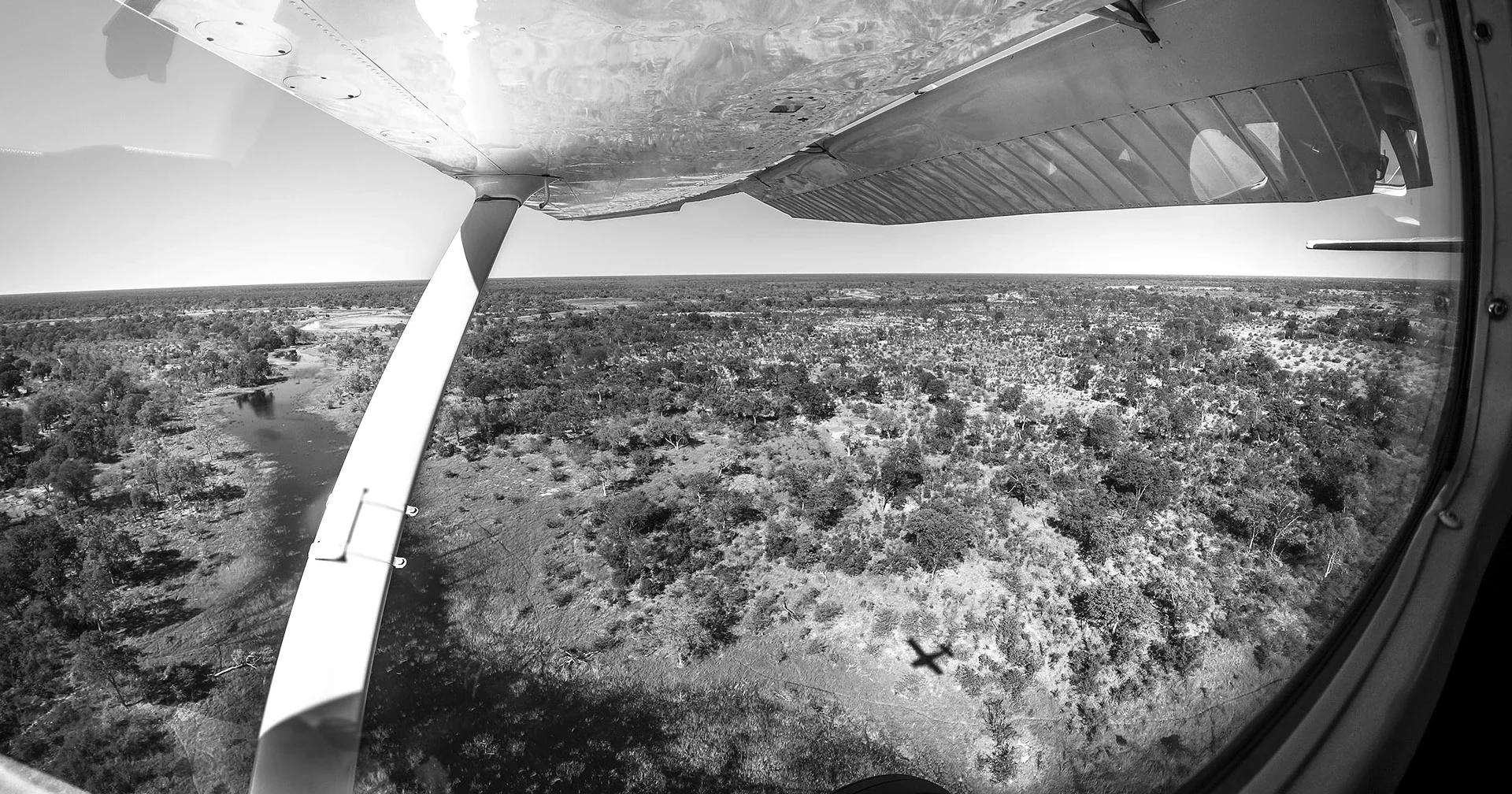
Get started on your trip
It’s never too soon to get in touch, we are here to help with every stage of your planning.
